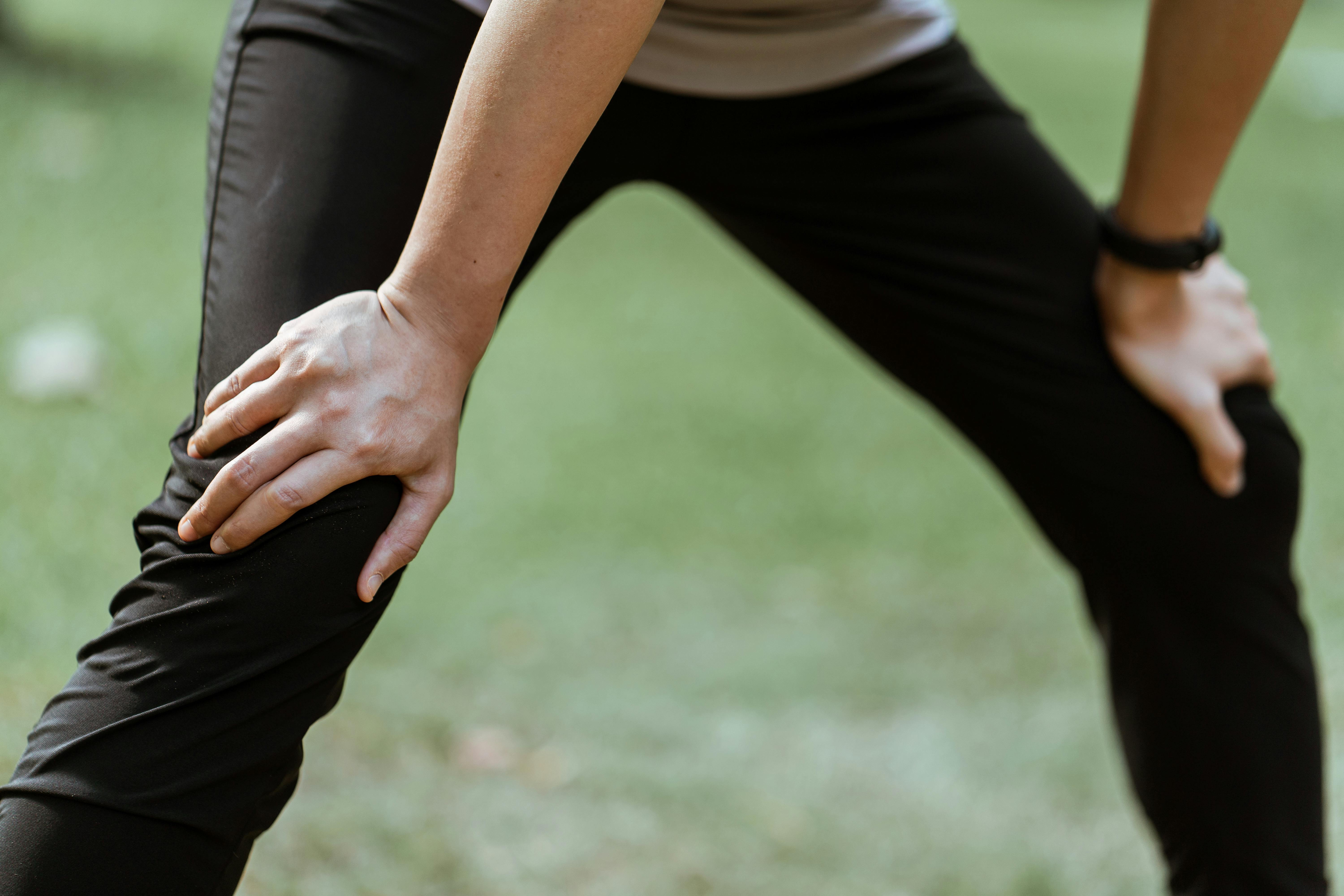



Osteoarthritis (OA) is the most common form of arthritis, affecting millions of people worldwide. While it is more common in individuals over 45, it can also develop in younger people. The condition frequently affects weight-bearing joints, such as the knees, hips, feet and spine, as well as the joints of the hands and thumbs.
Once thought to be just wear and tear from ageing, we now understand that osteoarthritis is a complex condition influenced by multiple factors, including genetics, joint stress and inflammation. While there is no cure, there are many ways to manage symptoms and maintain an active, fulfilling life.
To understand osteoarthritis, it helps to know how healthy joints function.
Joints are where two bones meet, allowing movement with the help of muscles, ligaments and tendons. The ends of bones are covered by cartilage, a smooth tissue that cushions the joints and absorbs shock. The joint is surrounded by a capsule lined with a synovial membrane, which produces fluid to lubricate and nourish the cartilage.
With osteoarthritis, the cartilage becomes brittle and starts to break down. This causes:
There is no cure for osteoarthritis, but symptoms can be effectively managed with lifestyle changes, exercise, weight management and medications.
Many people worry that exercising with osteoarthritis will worsen joint damage, but regular movement can actually help reduce pain and improve function. Exercise benefits joints by:
An ideal exercise programme includes:
Help maintain joint flexibility and reduce stiffness.
Supports and protects the joints by strengthening surrounding muscles.
Improve fitness without excessive stress on the joints. Aim for at least 150 minutes per week.
Avoid high-impact activities like running or jumping if they worsen symptoms.
Help reduce the risk of falls and improve stability.
It is best to start slowly and gradually increase intensity. A physiotherapist or exercise physiologist can help design a safe and effective programme.
Excess weight increases strain on joints, particularly in the knees, hips and spine. Losing even a small amount of weight can:
Since weight loss can be challenging, especially with joint pain, the most effective approach is a combination of gentle exercise and healthy eating. A doctor or dietitian can provide guidance on safe weight-loss strategies.
Medications can help manage pain, but they do not treat osteoarthritis itself. They should be used alongside exercise and other self-care strategies.
Opioids are not recommended for osteoarthritis pain due to their limited effectiveness and high risk of side effects. Speak with your doctor before starting any medication.
Most people with osteoarthritis do not require surgery, but it may be considered if other treatments do not provide relief.
Osteoarthritis is a long-term condition, but it is possible to manage symptoms and maintain an active lifestyle with the right strategies. Regular movement, weight management and proper joint care are key to reducing pain and improving function. Small, consistent changes can make a big difference in maintaining mobility and quality of life.